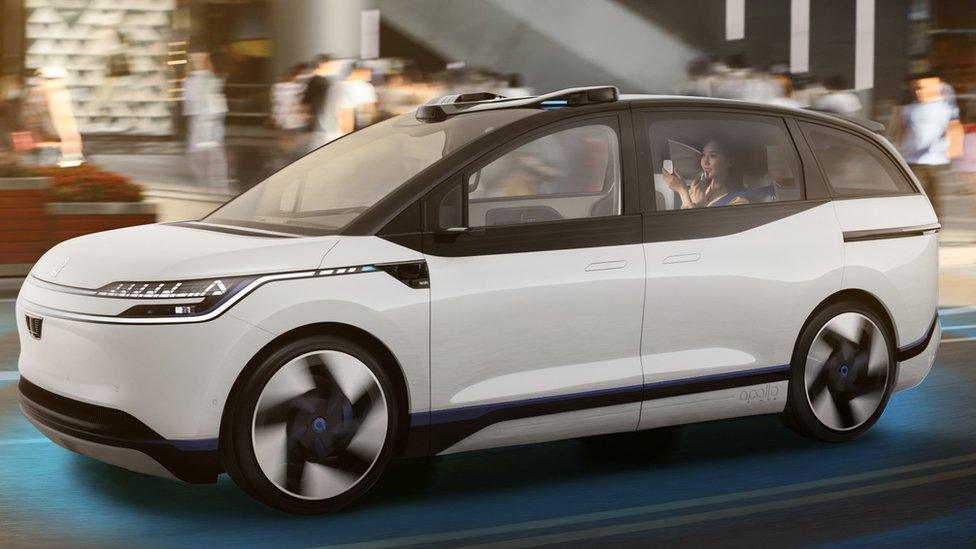After more than a decade of hype, driverless taxis are finally becoming a reality. We’ve heard the promises for years — cars that would pick you up without a steering wheel or a driver in sight — but this time electric vehicles are actually navigating city streets around the world, picking up passengers, dropping them off at airports, offices, and homes, and accumulating millions of trips.
In the U.S. Waymo, Google’s self-driving spin-off, has taken the lead, leaving Tesla far behind. While Tesla has promised these vehicles were just a year away for the past five years, they’ve badly hampered themselves by refusing to use LIDAR on their vehicles. LIDAR — short for Light Detection and Ranging — is a sensing technology that uses laser light to aid in navigation. Waymo’s robotaxis, equipped with LIDAR and cameras, are now on the streets in parts of Phoenix, San Francisco, and Los Angeles, and are heading next to Austin and London.
Here are some of the airports where Waymo is operating or planning to operate their driver-less taxis:
- Phoenix Sky Harbor International Airport (Phoenix, AZ) — Waymo launched autonomous rides at this airport in 2022.
- San José Mineta International Airport (San José, CA) — In September 2025 Waymo received approval to pick up and drop off passengers there, with full commercial service to follow later this year.
- San Francisco International Airport (San Francisco, CA) — Waymo was granted a permit to start testing autonomous vehicles at SFO; full passenger service is still in rollout phases.
So what are its benefits? Riding in a robotaxi offers a fundamentally different experience from taking an Uber with a human driver. The first and most obvious advantage is privacy — you ride alone, free from small talk, judgment, or awkwardness.
Many passengers, especially women, say they feel safer without a stranger behind the wheel, avoiding the occasional harassment or discomfort that has plagued ride-hailing. Every Waymo trip is recorded, providing full transparency in case of an incident, and the car itself is a model of consistency: it never speeds, texts, or drives aggressively.
Unlike Uber drivers who can cancel rides or take longer routes, Waymos follow the rules precisely, don’t surge in price, and never refuse a destination. The cars are uniformly clean and quiet, managed by a fleet team rather than individual owners. There’s no tipping screen or social pressure at the end — just an efficient, predictable ride that feels more like a private shuttle than public transport.
Because the vehicles are electric and connected directly to Google Maps, pickups and routes are smooth and reliable. For many riders, the biggest difference isn’t just technology — it’s trust, safety, and the peace of mind that comes from a car that behaves exactly as it’s programmed to.
For now Waymo is working to get the final bugs solved. Chris Barnett in JoeSentMe.com reported this past July some frustration in his use of Waymo in San Francisco: such things as the car stopping to pick him up two-thirds of a city block away, taking a long time to arrive, being unable to distinguish his arriving Waymo from a bunch of others that all looked alike, and using the interior controls to close the trunk.
Uber has entered the self-driving business, not by building its own tech, but by planning to connect riders to whichever autonomous fleets are available. They become the middleman for robotaxis from whoever gets there first.
Meanwhile, China has been making huge strides and has already overtaken U.S. companies.
Baidu Apollo Go has become the largest robotaxi network in the world. It operates in Beijing, Shenzhen, and several other cities in China serving over 6 million rides to paying customers. While no U.S. company has yet deployed self-driving cars in winter weather, Baidu is the first major service to have done so successfully. They have also begun trials in Europe, South America, and the Middle East. But, don’t look for them in this country anytime soon because of the 100% tariffs on their automobiles.
So, get ready for you first self-driving ride. They’re just around the corner waiting to be summoned with your app.


Maybe the message should be “get ready and be careful.” We just had a case here in Georgia where a Waymo went around a stopped school bus full of children on its route. This was caught on camera; if a human driver had done it they were have been charged a fine. But because there was no driver we are told that no charges can be filed and nothing can be done. Luckily it didn’t hit a child–this time.